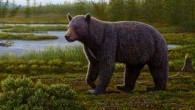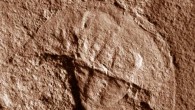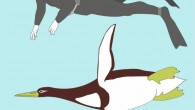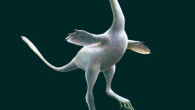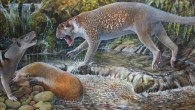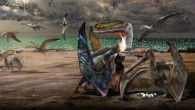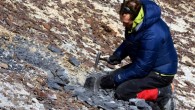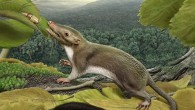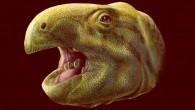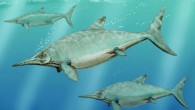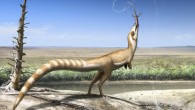Habelia optata, a close relative of the ancestor of modern-day spiders, scorpions and horseshoe crabs, evolved an extremely complex head to hunt and eat shelly animals, according to new research from the University of Toronto, Canada. Artistic reconstruction of Habelia optata. This creature and its relatives were active predators of the Cambrian sea floors, hunting for small shelly sea creatures, such as small trilobites — arthropods with hard,...



